Traditions of Easter ... historical meaning and significance explained
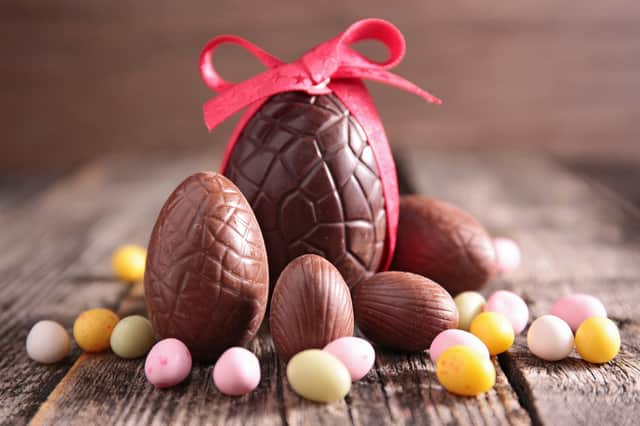

Seasonal spotlight on quirkiest of customs from chocolate to hot cross buns, Simnel cake to Good Friday fish dish, egg painting, hunting, rolling and jarping.
Annually many of us observe “traditions” associated with Easter.
But, do we really understand how and why these traditions came about and the meanings behind them? Steve Cain explains.
Chocolate Easter eggs
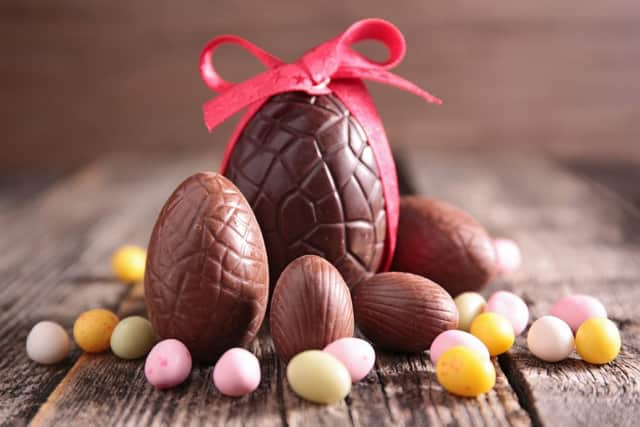

Eggs are symbolic of new life and rebirth.
Advertisement
Hide AdAdvertisement
Hide AdDuring medieval times the eating of eggs was prohibited during Lent (the six week period leading up to Easter), so on Easter Sunday scoffing an egg was an absolute treat.
This was particularly so for the poorer folk who could scant afford luxuries like meat.
Churches received eggs from parishioners as Good Friday offerings and, sometimes, the lord of the manor would be presented with an egg from villagers.
There are superstitions relating to eggs too.
If a hen laid an egg on Good Friday and it was kept for a century, it was believed the egg would turn into diamonds.
Advertisement
Hide AdAdvertisement
Hide AdAn egg with a double-yolk was thought to be a sign of prosperity in the future.
It was also thought that if an egg which was cooked on Good Friday wasn’t eaten until Easter Sunday, it would improve a person’s fertility and also prevent unforeseen death.
Instead of gifting real chicken, duck or goose eggs at Easter, we now present chocolate eggs, with around 80 million being purchased in the UK every year.
On average, each child in Britain will receive up to eight Easter eggs.
Advertisement
Hide AdAdvertisement
Hide AdThe first chocolate Easter eggs originated in France and Germany in the 19th century.
In 1873, the first hollow chocolate Easter egg, as we now know it, was produced by JS Fry & Sons and Cadbury.
Hot cross buns
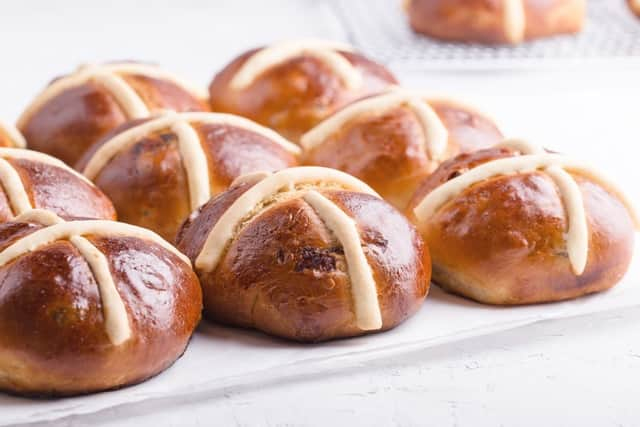

Hot cross buns are much more than sweet and spicy rolls marking the end of Lent.
According to superstitions dating back to medieval times, a hot cross bun hung from the kitchen ceiling on
Advertisement
Hide AdAdvertisement
Hide AdGood Friday was supposed to ward off evil spirits, bring good luck to the household and guarantee a safe cooking space.
In other words, prevent kitchen fires and ensure perfectly baked loaves of bread.
The bun is believed to stay fresh and mould-free until replaced the following year.
Hot cross buns were even rumoured to protect boats from being shipwrecked!
Advertisement
Hide AdAdvertisement
Hide AdThey are believed to have come from 14th century Anglican Monk Thomas Rocliffe, who baked them to hand out to the poor and needy on Good Friday.
They gained in popularity and were enjoyed the whole year around until Queen Elizabeth I passed a law decreeing that the spiced buns could only be eaten on Good Friday, Christmas or at funerals.
The spices in the bread dough are said to represent the spices used to embalm Jesus before he was buried (and rose, just like the buns themselves).
The shape of the cross, of course, also represents Catholic imagery of the crucifixion of Jesus Christ.Good Friday fish dish
Advertisement
Hide AdAdvertisement
Hide AdFish
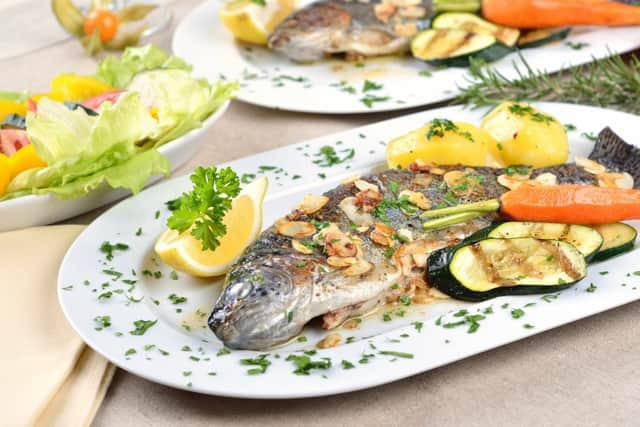

Fish is traditionally eaten on Good Friday, as a result of the doctrine set out by the Vatican.
The medieval church decreed that meat – specifically the meat of warm-blooded land animals – shouldn’t be eaten, which meant eating fish instead.
Meat was seen as a delicacy in ancient cultures, and was generally linked with celebrations and feasts.Christians believe that Christ, who was crucified on Good Friday, sacrificed his flesh for our sins.
Therefore, those who follow the religion have abstained from eating meat on Good Friday for centuries.
Advertisement
Hide AdAdvertisement
Hide AdSimnel cake
Although usually associated with Easter, originally the Simnel cake was eaten on Mothering Sunday.
It provided a tasty treat midway through the fasting of Lent.
Topped with eleven symbolic marzipan balls – which represent the eleven true apostles of Jesus Christ – the
Simnel cake is lighter than the rich, boozy fruit cake enjoyed at Christmas.
Advertisement
Hide AdAdvertisement
Hide AdBut it is made with similar ingredients, including sultanas, raisins and lemon zest.
The Tudors added saffron to their Simnel cakes, but this is rarely done nowadays.
The Simnel cake was waning in popularity but, due to celebrity chefs including Mary Berry, Nigella Lawson and
Prue Leith all demonstrating their recipes on television, it is enjoying something of a revival.
Advertisement
Hide AdAdvertisement
Hide AdEaster bonnets
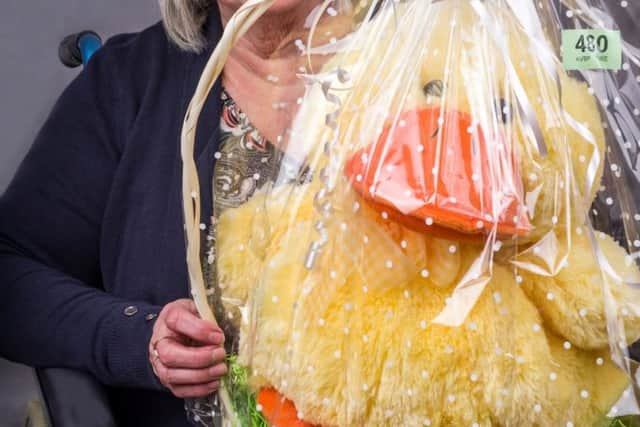

Popularised in the Irving Berlin song Easter Parade, the Easter Bonnet is now the focal point of competitions and parades held at Easter time.
The origins of the tradition of wearing a bright, frilly bonnet stretch right back to when people would wear their new “Sunday best” clothes to church at Easter.
The bright, flamboyant hats were a joyful expression of new beginnings after the gloom of winter and the fasting of Lent.
Egg painting
The tradition of painting eggs at Easter dates back to the 13th century.
Advertisement
Hide AdAdvertisement
Hide AdThe egg had become a symbol for the resurrection of Jesus Christ, so people would paint and decorate eggs to mark the end of the period of fasting at Lent, and eat them at Easter as a celebration.
Egg hunts
This custom is believed to have originated in sixteenth century Germany when, traditionally, the men would hide eggs for the women and children to find. This was a nod to the story of the resurrection of Jesus Christ, in which the empty tomb was discovered by women.
Quirky customs and traditions
Egg jarping: A game not unlike conkers in which two players tap the pointed ends of their hard-boiled eggs together until the shell of one cracks.
Hop egg: Eggs are laid on the ground and teams take turns to dance among them, with the aim being to damage as few as possible.
Advertisement
Hide AdAdvertisement
Hide AdMorris dancing: A type of English folk dancing which often takes place during Easter parades or village fairs.
The dance troupes were traditionally all-male (although there are now female groups, too), dressed in white, with bells on their trousers and either a stick or a handkerchief held aloft in their hands.
Egg rolling: Children roll highly decorated hard-boiled eggs down grassy hills to see whose goes farthest.
This tradition is most commonly observed in Scotland, the north of England and Northern Ireland.
Annual competitions are still held at Arthur’s Seat in Edinburgh, Penshaw Hill in Sunderland, the castle moat at Penrith and right across Lancashire.